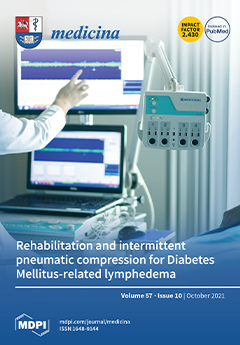Background and Objectives: Numerous scoring systems have been introduced into modern medicine. None of the scoring systems assessed both anesthetic and surgical risk of the patient, predict the morbidity, mortality, or the need for postoperative intensive care unit admission. The aim of this study was to compare the anesthetic and surgical scores currently used, for a better evaluation of perioperative risks, morbidity, and mortality.
Material and Methods: This is a pilot, prospective, observational study. We enrolled 50 patients scheduled for elective surgery. Anesthetic and surgery risk was assessed using American Society of Anesthesiologists (ASA) scale, Physiological and Operative Severity Score for the enumeration of Mortality and morbidity (P-POSSUM), Acute Physiology and Chronic Health Evaluation (APACHE II), and Surgical APGAR Score (SAS) scores. The real and the estimated length of stay (LOS) were registered.
Results: We obtained several statistically significant positive correlations: ASA score–P-POSSUM (
p < 0.01, r = 0.465); ASA score–SAS, (
p < 0.01, r = −0.446); ASA score–APACHE II, (
p < 0.01 r = 0.519); predicted LOS and ASA score (
p < 0.01, r = 0.676); predicted LOS and
p-POSSUM (
p < 0.01, r = 0.433); and predicted LOS and APACHE II (
p < 0.01, r = 0.454). A significant negative correlation between predicted LOS, real LOS, ASA class, and SAS (
p < 0.05) was observed. We found a statistically significant difference between the predicted and actual LOS (
p < 001).
Conclusions: Anesthetic, surgical, and severity scores, used together, provide clearer information about mortality, morbidity, and LOS. ASA scale, associated with surgical scores and severity scores, presents a better image of the patient’s progress in the perioperative period. In our study, APACHE II is the best predictor of mortality, followed by P-POSSUM and SAS. P-POSSUM score and ASA scale may be complementary in terms of preoperative physiological factors, providing valuable information for postoperative outcomes.
Full article






